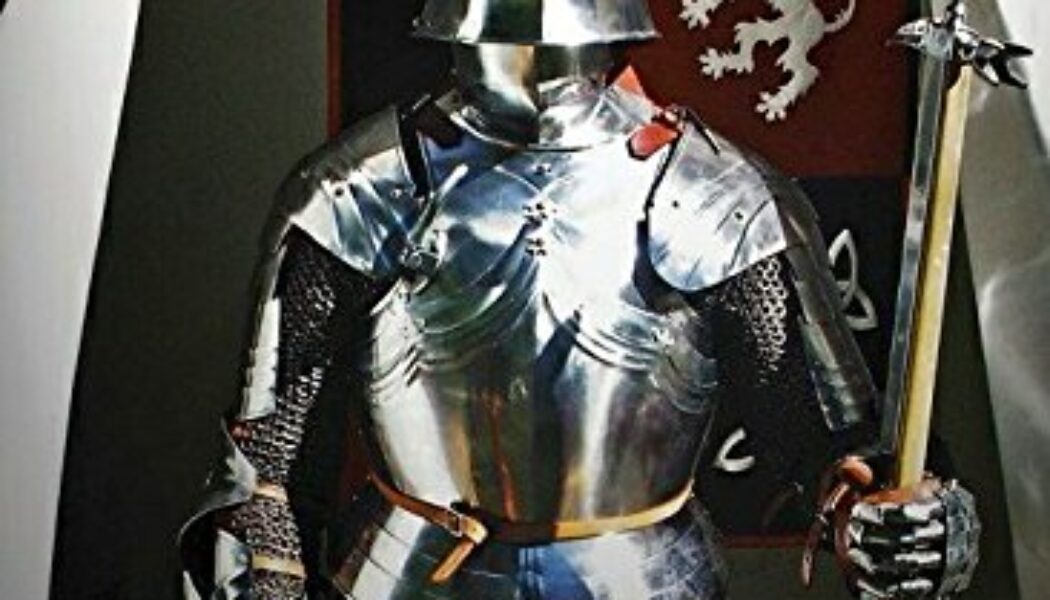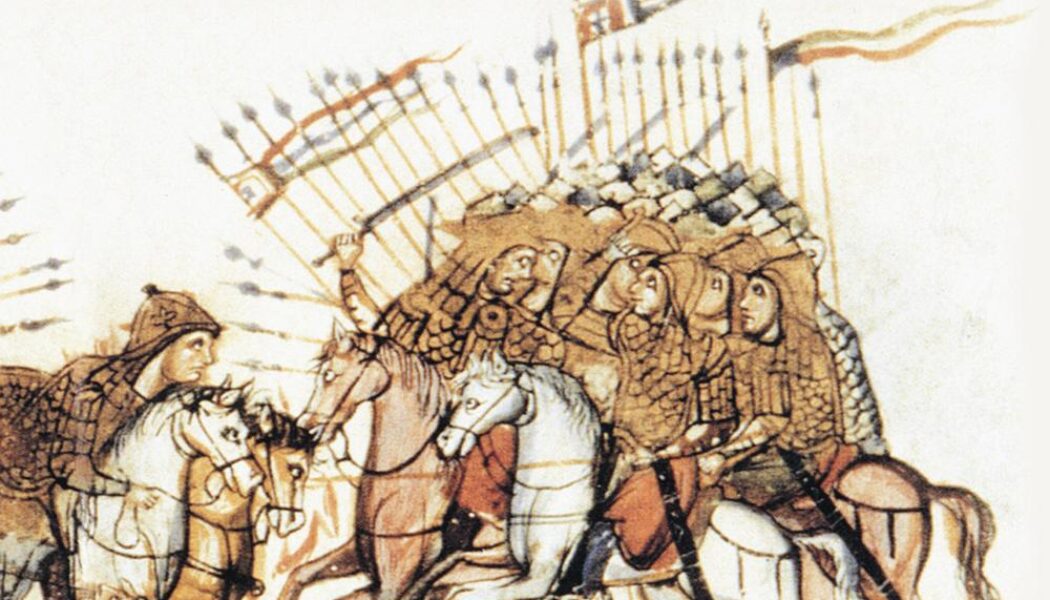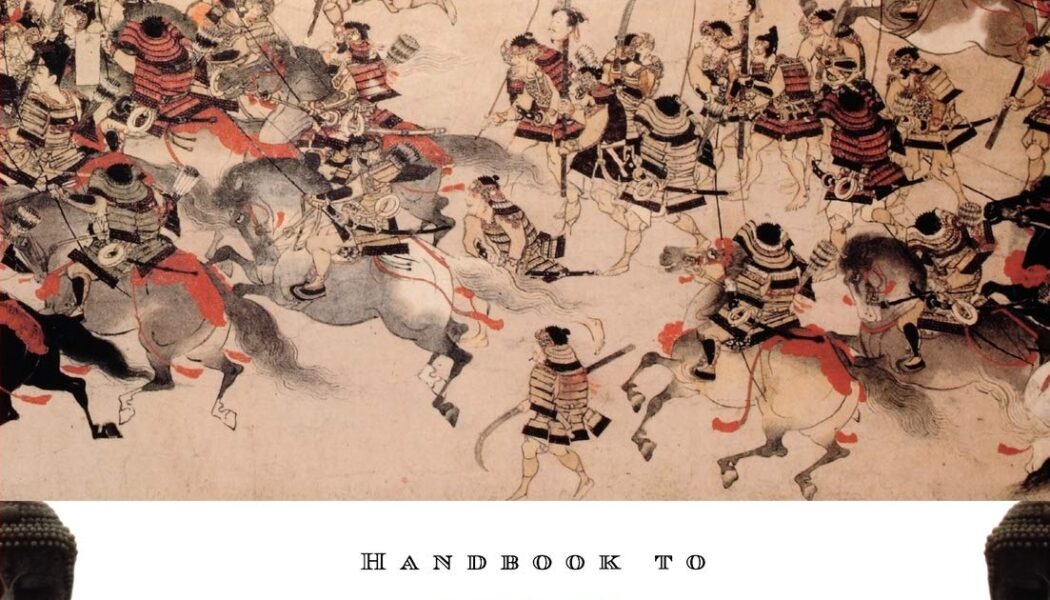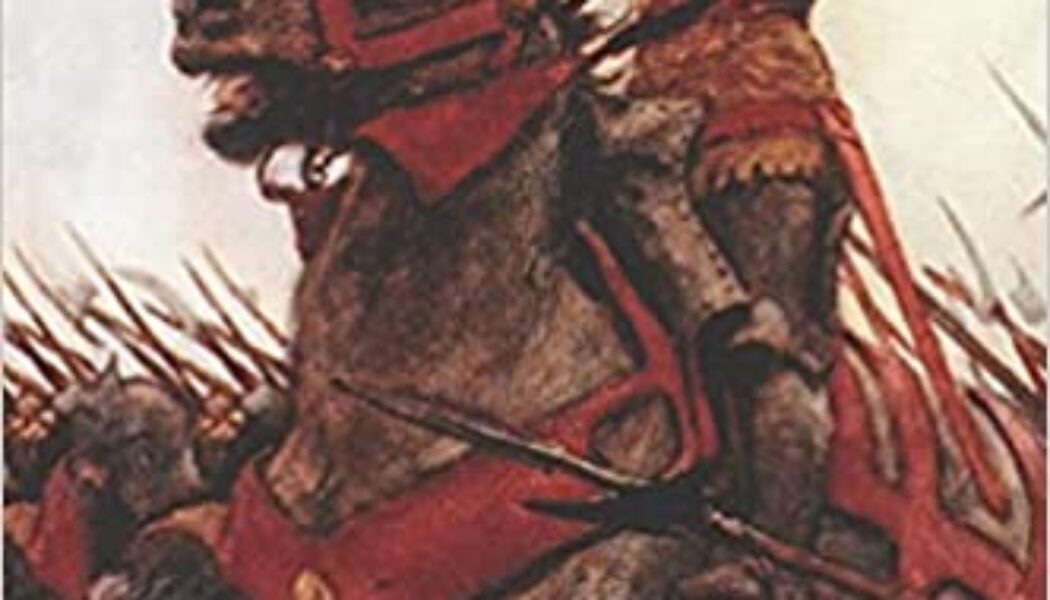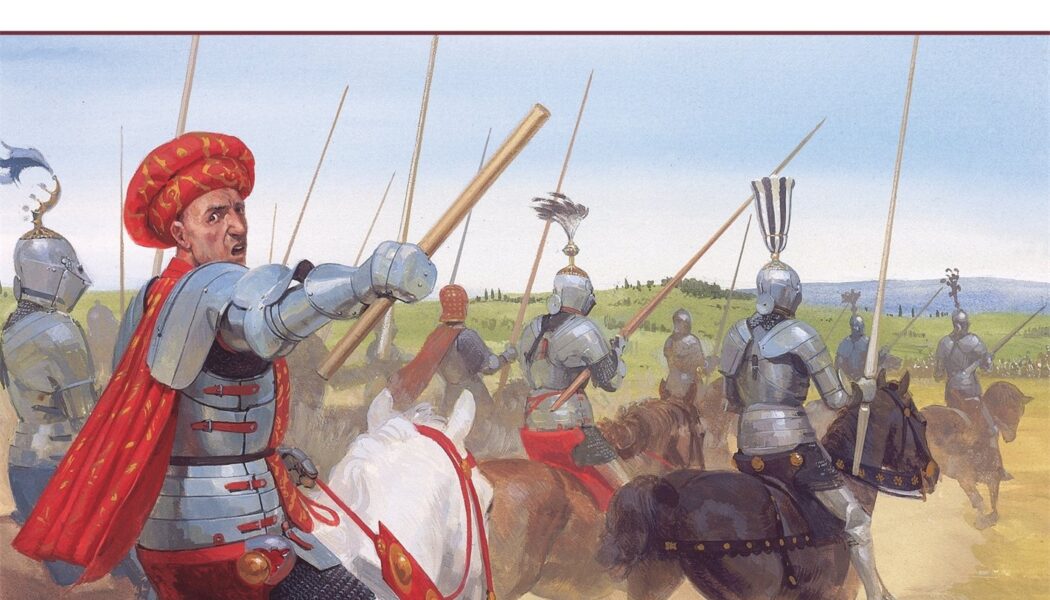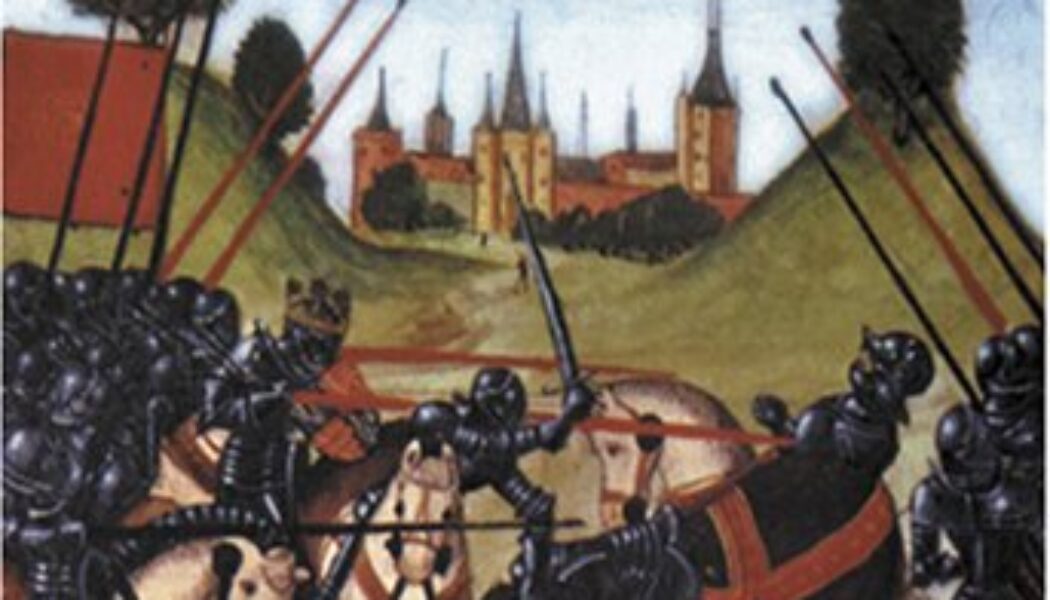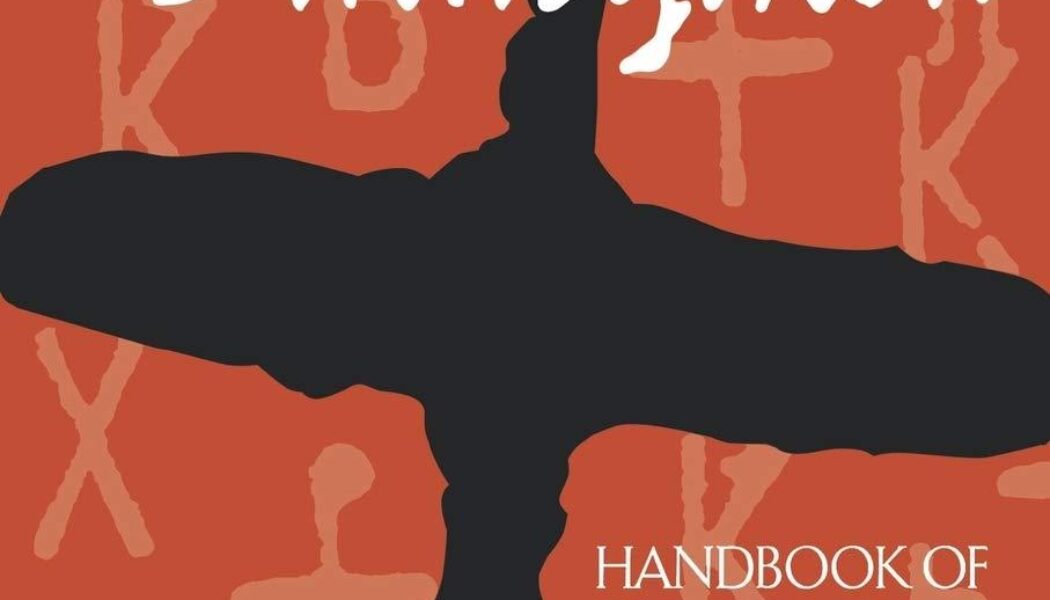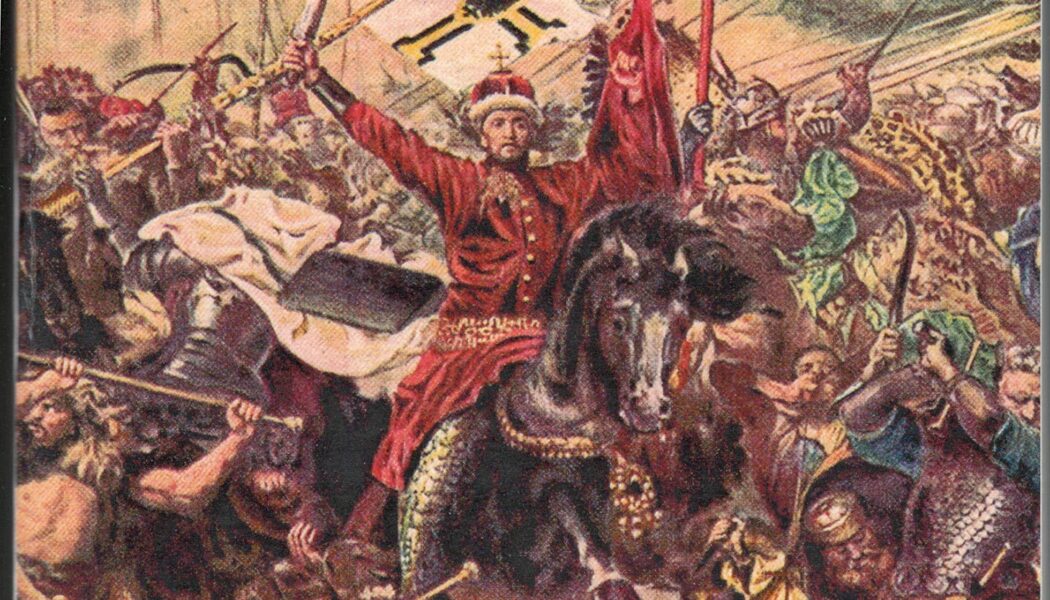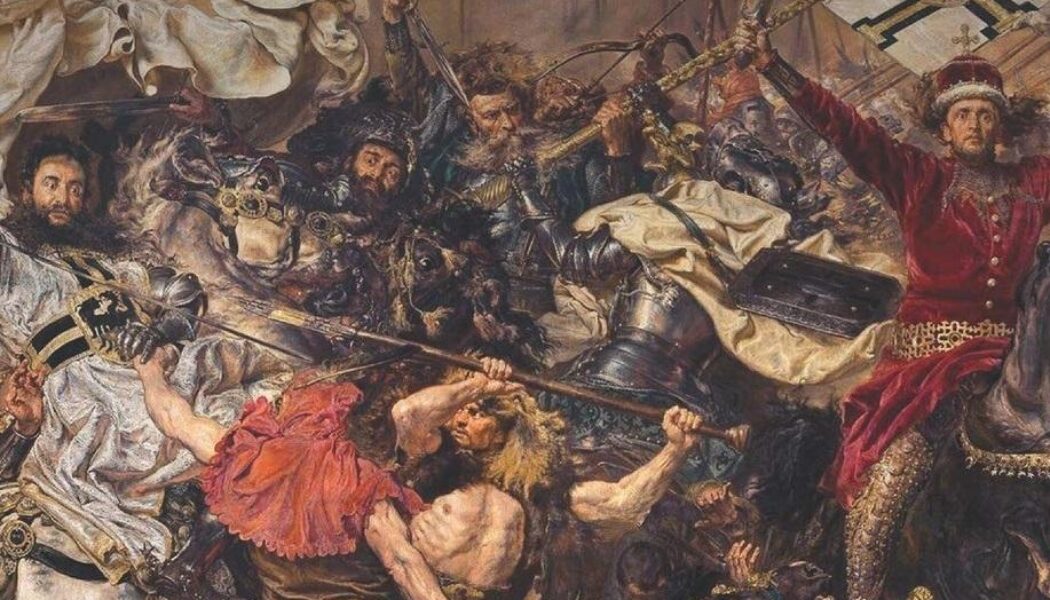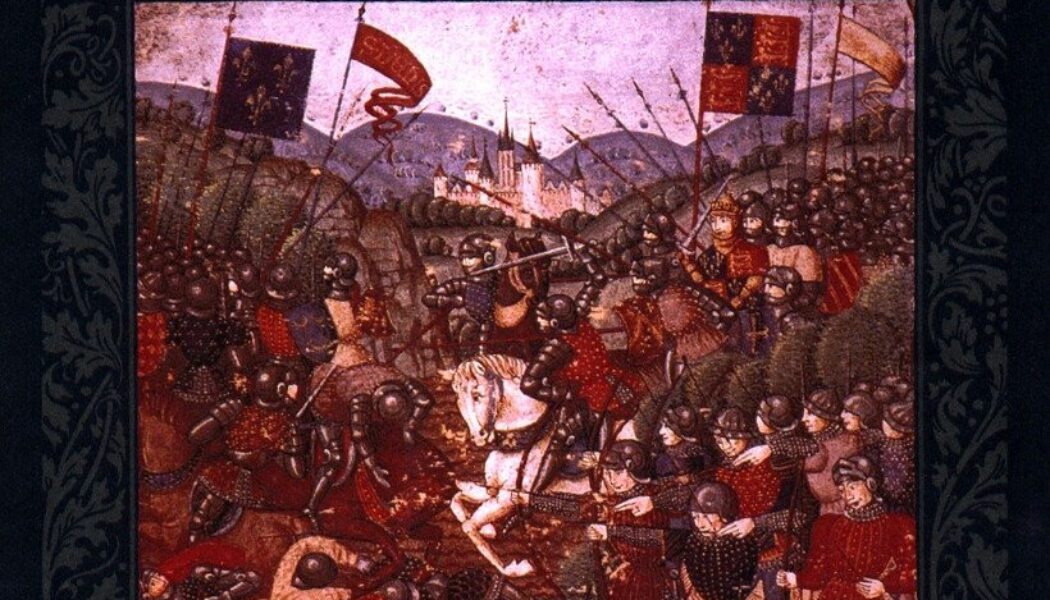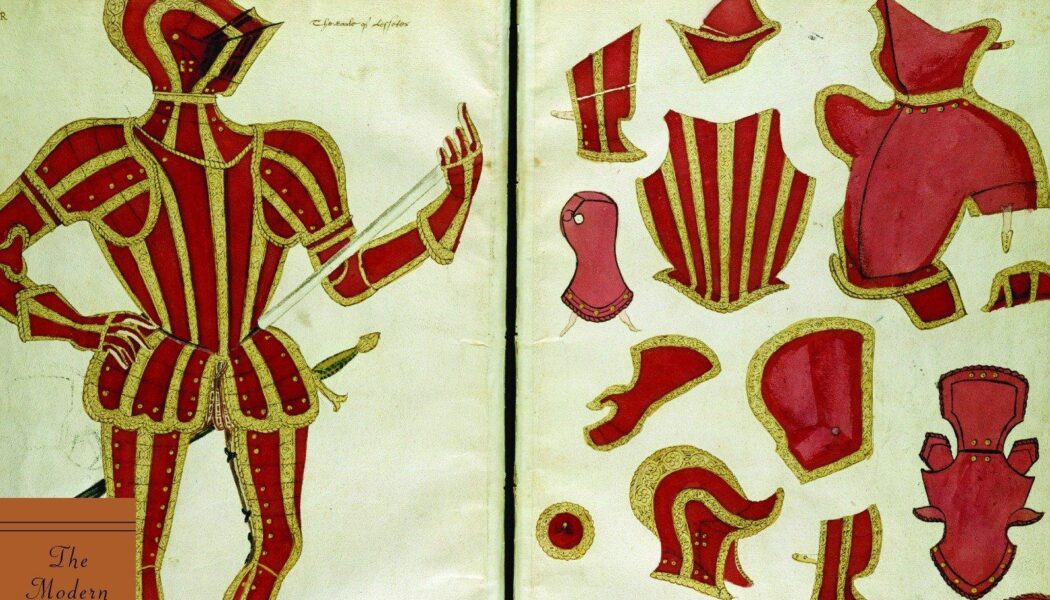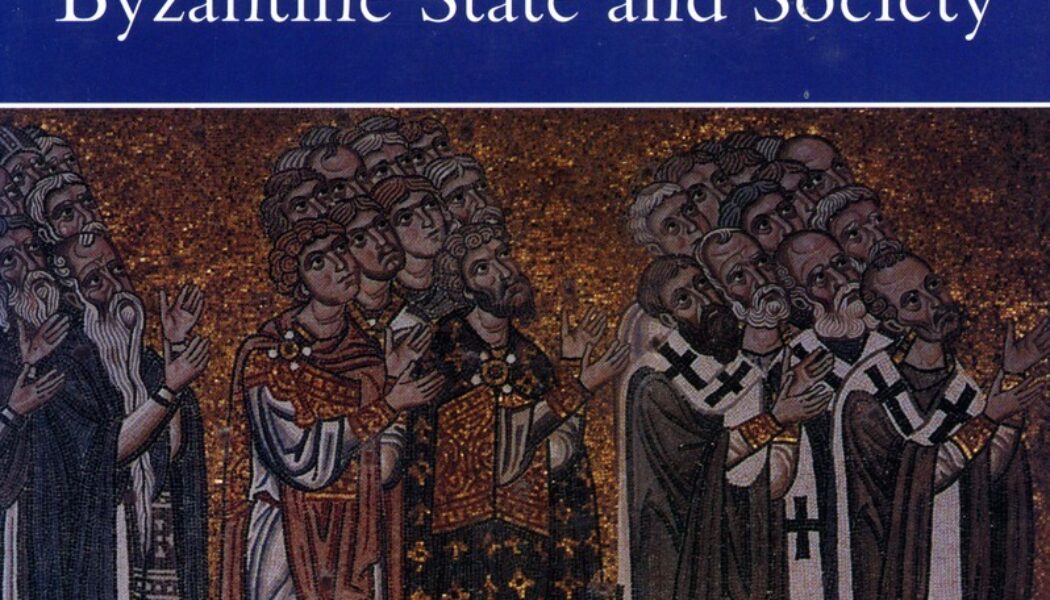war
German Medieval Martial Arts: The Poleaxe
The medieval knight was a well-trained fighting man, expert in the use of many weapons. One of his premiere weapons was the poleaxe, which combined aspects of a spear, hammer and sword into one, deadly form. Well-balanced and surprisingly agile, even the knight's armour was no sure defense against its swift thrusts and heavy blows. German Medieval Martial Arts, Vol 1: The Poleaxe provides a complete overview and training curriculum for this fearsome weapon. Guards, blows, disarms and throws taken from the writing of Medieval masters-at-arms are meticulously depicted and broken down with step-by step instructions for the individual student or training group. But more than just drills and techniques, you will learn the history of the poleaxe's evolution and its role in the tournament, judici...
The Byzantine Wars
A history of the wars between Byzantium and its numerous foes - the Goths, Arabs, Slavs, Crusaders and Ottoman Turks. By the middle of the sixth century the Byzantine emperor ruled a mighty empire that straddled Europe, Asia and North Africa. Within 100 years, this powerful empire had been cut in half. Two centuries later the Byzantine empire was once again a power to be reckoned with, and soon recovered its position as the paramount East Mediterranean and Balkan power, whose fabulous wealth attracted Viking mercenaries and central Asian nomad warriors to its armies, whose very appearance on the field of battle was sometimes enough to bring enemies to terms.
Handbook to Life in Medieval & Early Modern Japan
Handbook to Life in Medieval and Early Modern Japan provides all the essential information for anyone interested in Japanese history, society, or culture.
The Welsh Wars of Independence: 410-1415
This study analyzes the wars of Welsh independence that encompass centuries of raids, expeditions, battles, and sieges.
Condottiere 1300–1500: Infamous Medieval Mercenaries
Originally hired by wealthy Italian city states to protect their assets during a time of ceaseless warring, the Condottiere of the Italian peninsula became famous for his wealth, venality and amorality during the 14th century.
Medieval Warfare Boxed Set – The Crusades, Agincourt, Wars of the Roses
This informative and entertaining military history series features an in-depth look at three key events in the history of medieval warfare. Featuring large scale medieval battle reconstructions, hundreds of contemporary images and paintings, informative graphics and maps, weapons, strategies and tactics. With full commentary and analyses by Dr. David Chandler, the world's leading military authority, and editor of the Oxford History of the British Army
Maurice’s Strategikon: Handbook of Byzantine Military Strategy
In this first complete English translation, the Strategikon is an invaluable source not only for early Byzantine history but for the general history of the art of war.
Tannenberg & After: Lithuania, Poland, & the Teutonic Order in Search of Immortality
A welcome treatment, rich with detail and vivid images, of a region and period not well studied in anglophone scholarship
The Battle of Grunwald: The History and Legacy of the the Polish–Lithuanian–Teutonic War’s Decisive Battle
On July 15, 1410, Tannenberg was the site of another decisive battle between the army of the Germanic Teutonic Order and that of Poland-Lithuania, a battle now commonly referred to as the Battle of Grunwald (after another nearby village).
The Hundred Years War: The English in France 1337-1453
Desmond Seward's critically-acclaimed account of the Hundred Years War brings to life all of the intrigue, beauty, and royal to-the-death-fighting of that legendary century-long conflict.
Le Morte d’Arthur
The tales, steeped in the magic of Merlin, the powerful cords of the chivalric code, and the age-old dramas of love and death, resound across the centuries.
A History of the Byzantine State & Society
Spanning twelve centuries and three continents, the Byzantine Empire linked the ancient and modern worlds, shaping and transmitting Greek, Roman, and Christian traditions―including the Greek classics, Roman law, and Christian theology―that remain vigorous today, not only in Eastern Europe and the Middle East but throughout Western civilization. Though in its politics Byzantium often resembled a third-world dictatorship, it has never yet been matched in maintaining a single state for so long, over a wide area inhabited by heterogeneous peoples.

